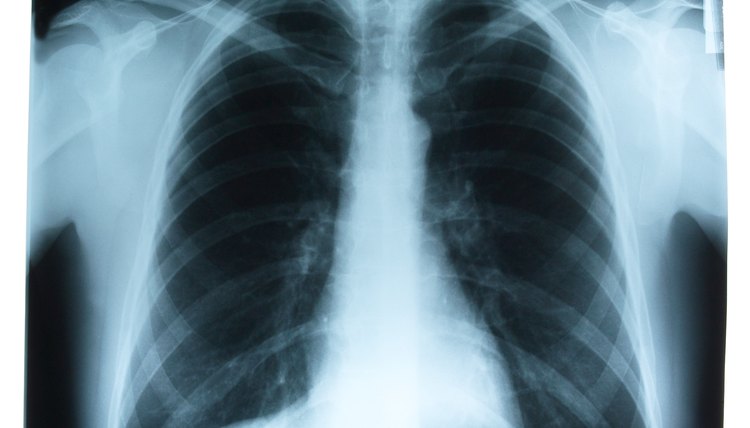What does fact checked mean?
At SportsRec, we strive to deliver objective content that is accurate and up-to-date. Our team periodically reviews articles in order to ensure content quality. The sources cited below consist of evidence from peer-reviewed journals, prominent medical organizations, academic associations, and government data.
The information contained on this site is for informational purposes only, and should not be used as a substitute for the advice of a professional health care provider. Please check with the appropriate physician regarding health questions and concerns. Although we strive to deliver accurate and up-to-date information, no guarantee to that effect is made.
Triflow Exercises

The Triflow Incentive Breathing Spirometer is a disposable plastic device used to expand the lungs. It’s designed to promote slow Sustained Maximal Inspiration (SMI), which is important for general well-being and to help those with certain diseases or who have just undergone surgery. Used on its own or as part of case-specific exercises, a Triflow device benefits those who use it. There are cautions to be aware of, since incorrect use can damage the respiratory system.
Post-Operative Breathing Exercises
Following surgery, patients are often prescribed to use a Triflow device while still in the hospital. The Triflow encourages patients to take deep breaths that expand the small air sacs in their lungs, and help clear the air passage of mucus. Removing the excess mucus then prevents fluid from building up in the lungs. The basic exercise required of most patients involves taking deep, strong breaths once every 15 to 20 minutes. These inhalations cause the three balls within the device to rise up. The goal is lift all three balls and to hold them up for as long as possible. The ability to prolong strong inhalations increases the strength of the patient's lungs and other respiratory muscles.
Triflow Resistance Exercises
People who suffer from Duchenne muscular dystrophy can use Triflow devices to help train their respiratory muscles. In a 1988 study done at Hammersmith Hospital in London, researchers found that training exercises done with a TriFlow II Inspirometer device increased the endurance of patients’ respiratory muscles. The specific exercise required patients to repeat forced inspiration 20 times a day. While the patients were breathing in, the strength at which they breathed in caused levels of resistance within the device to increase. Doing 20 inspirations each day exercised the respiratory muscles, the diaphragm in particular, to the point of muscle fatigue. Repeated for two weeks, the exercise increased the muscles' overall endurance.
Goals & Warnings of Triflow Exercises
The goal of Triflow use is to strengthen respiratory muscles. Respiratory muscles are only utilized when people inhale, because breathing in is the only active phase during a respiration cycle. Breathing out, on the other hand, is part of the passive phase of this cycle. While performing Triflow exercises, patients must be careful to never exhale strongly into the device. Strong exhalations are capable of causing a collapse of the alveoli (the final “branchings” of the respiratory system that act as the lung’s primary gas exchange units). This condition can possibly lead to atelectasis, which is the collapse of part or all of a lung. Post-operative patients face an increased risk of causing atelectasis by breathing into a Triflow.
References
Writer Bio
Joanne Robitaille's first journalistic experience was in 1994, when she did school reports for a local newspaper, "Shoreline." Her articles now appear on various websites. Robitaille has a Bachelor of Arts in English and creative writing from the University of Windsor.
